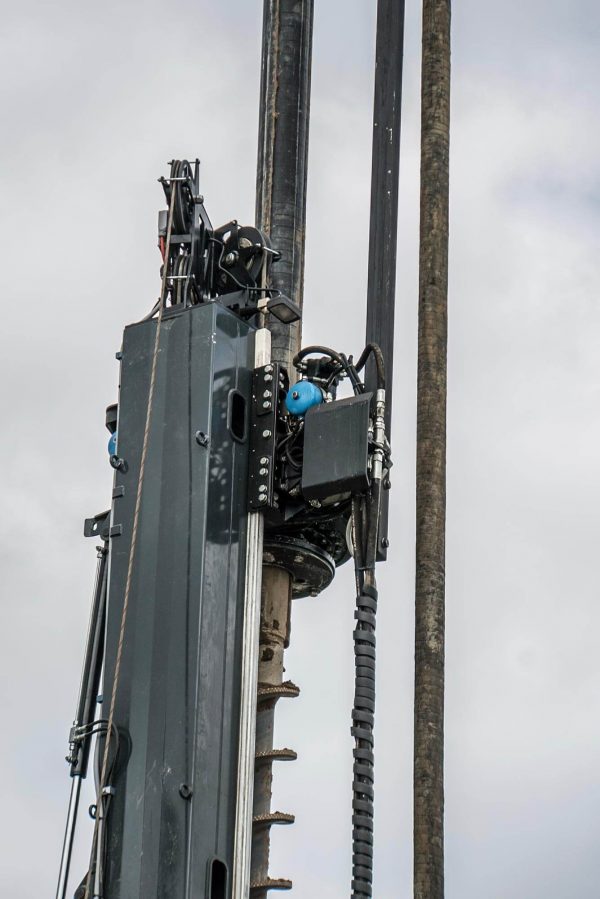Helical piers, also called helical piles, screw piles and helical anchors, help secure new foundations towards the ground. They may also be used to be able to strengthen and stabilize existing foundations. Typically the word "helix" indicates having a radial shape. A pile or pier is usually a long line, shaped such as a twist, which is driven into the floor.
A foundation advances the weight of the building that rests on it. Oftentimes the foundation alone needs support. This is usually as a result of poor soil conditions and moisture problems, which can lead to uneven settlement, damage and bowing.
Helical piles can offer the foundation further strength and balance. They are attached to the inspiration about one end, and then screwed (anchored) in to the ground on typically the other. The degree that they will be driven into the particular ground typically depends on the level in the load.
Helical piers are generally installed around the perimeter of typically the foundation. First, mounting brackets are attached in order to the foundation. Then a pier is screwed into the soil and attached in order to the bracket. Web-site disturbance is usually minimal. In fact, when a home is staying retrofitted with piers, most of the time it can still be entertained while the job will be completed.
Mess piles have recently been used in design for almost two hundred years, beginning using lighthouse foundations throughout the 1800s. These were also used to build piers.
Modern-day helical piles seem like large screws made of galvanized or epoxy-coated metal. They have a central shaft together with one or more spiral-shaped plates. Typically the plates are usually referred to while blades or travel arrangements, and are also welded in order to the central shaft. There are furthermore extension shafts, which often are used to enhance the length associated with the shaft and help it obtain the right degree.
There are many advantages in order to using helical piles to support a foundation. With the right equipment, these people can be mounted fairly quickly. Many times it only takes a few minutes to be able to position and place a pile. https://minipilingcontractor.uk/best-mini-piling-contractor-greater-manchester/ can likewise be loaded the moment they've been set up. The burden capacity may even increase more than time. Helical loads can be utilized in many several types of soils, including dense sand, loose sand, soft clay in addition to hard clay.
The stability of your house depends on using a strong foundation. Helical piles are a good way to increase foundation support. Other types associated with foundation repair strategies include concrete piers and pilings, masonry patches and sealants, slabjacking and bracing.
Is your floor sloping? Are you finding it challenging to open and even close windows? Can you see cracks throughout walls? These will be a few of the many symptoms of foundation problems.

If you realize or suspect that your foundation will be damaged in some manner, contact a foundation service provider to find away what type involving repair is desired. Both your real estate and foundation will be thoroughly inspected, plus any problem locations addressed. Not only will you discover what foundation repair solutions will work the best, a highly skilled basis repair professional may also show you how to prevent problems within the future.
